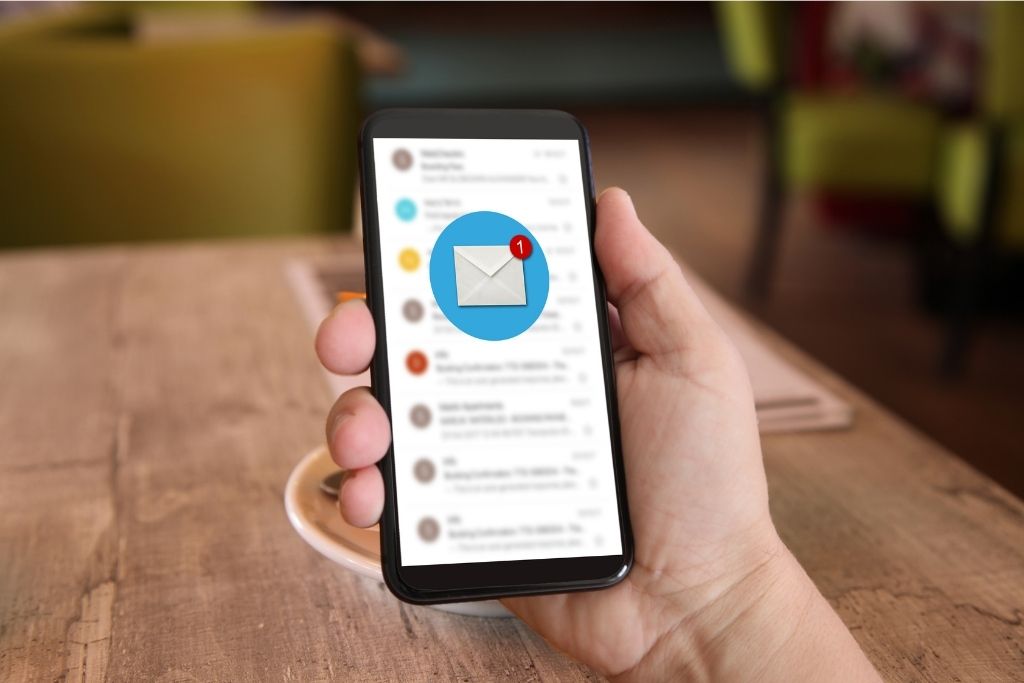As well as cold calls, cold emails have been one of the leading marketing trends over the past few years. It helps find new partners and clients, establish contacts, build partnerships, etc. And it works perfectly well if you do it right.
On average, the conversion rate of cold emailing is 1%. These poor results mean that after sending 100 emails you may get only one response or may not. This outcome does not necessarily mean that the email marketing channel is broken. Companies that know how to do it properly often increase their response rate up to 14%, 20%, or even whopping 40%.
The success of your cold email campaign depends on your approach and experience. VAfromEurope has tried many approaches and ran numerous tests. Some of the emails were tailored for particular recipients and sent manually, and some of them were sent through email marketing services. Here are the key insights we would like to share with you to help you improve the response rate of your cold email campaigns.
Keep personalization in mind.
Though this approach is not news, many and many marketers often neglect it. You are not going to get a high response rate by sending the same cold email template to everybody just changing the name of the recipient and the company’s name.
A successful cold email campaign requires some in-depth research and customization. Yep, hours and hours of mundane and manual research work precede its success. You cannot just scrap a list of emails and send them a ready-made email template. In other words, you need to know who your ideal customer or partner is and what your objectives are.
Make a list of companies that match your ICP and make sure you know the email addresses of the decision-makers in your target company and verify them. You might want to use email hunter tools and email verifying tools to improve deliverability.
Do not confuse cold emailing with spam.
There are people, who keep arguing that cold outreach is spam. They compile a list of random emails and send the same template. As a matter of fact, such negligence results in a complete failure of the campaign and poor deliverability.
People you are trying to reach with those cold emails may not even know you, that is why those email campaigns are called cold. Nevertheless, you should never confuse cold emails with spam. By sending a cold email you actually introduce yourself, make an offer, or suggest a solution to a customer’s problem. In other words, spam is absolutely meaningless, irrelevant, and even annoying, while cold outreach is not. Cold email is relevant and brings value to a customer.
Be concise and simple.
The shorter your first email is – the better. People you’re trying to reach are mostly busy and get tons of emails. They don’t have much time for reading long emails unless they are sent by their family, friends, or colleagues.
Your cold email is aimed at catching your prospect’s attention, not selling all your services at once. This objective can be achieved by short, relevant, and catchy emails that bring value to a customer and suggest answers to their questions.
Even a short email template can be made even shorter. Just try to eliminate all wordy phrases that are basically meaningless. Introduction, offer, and CTA – usually these three parts are enough to create a compelling and powerful cold email.
Don’t ask for too much at a time.
There always is a temptation to describe your products in detail or present all your company’s services in a cold email and jump to a conversation immediately. But the thing is that it doesn’t work this way.
Don’t forget about your key objective which is to gain a prospect’s attention and start a conversation. As a business owner yourself, you probably receive hundreds of emails and would spend a whole day talking to someone if you replied ‘yes’ to at least half of them.
Providing some value to the prospects first and then asking one question would be wise. Bombarding them with numerous questions would count against you and get you as far from actually talking to your client as possible. Besides that, your ask should not take much time to answer, it should be short enough to be answered within a minute or so.
Optimize your campaign gradually.
Sometimes your campaign doesn’t perform as expected. As result, you start optimizing it. First of all, you need to find out the root of the problem and make decisions based on data.
An automated outreach performance can be tracked through statistics: the number of sent, delivered or opened emails, etc. You can check the deliverability of your campaign there as well. If you don’t bother to verify emails, some of them may bounce and cause problems with deliverability.
Open rate is the key performance indicator of your email campaign. An intriguing subject line can significantly help you improve it. If you’ve managed to fix the deliverability and open rates you can move to refine your template. A clear and simple CTA would be beneficial in this case. Well, once you finish optimizing you can expect to get the first results.
In conclusion, we would like to give you a final piece of advice: act like a human being. Just be short and open, stay helpful and personal. To succeed you need to create a catchy and buying experience for your potential prospects. Need more advice? Don’t hesitate and drop us a line. Don’t miss our latest updates – subscribe to our newsletter email and get fresh articles to your inbox.





